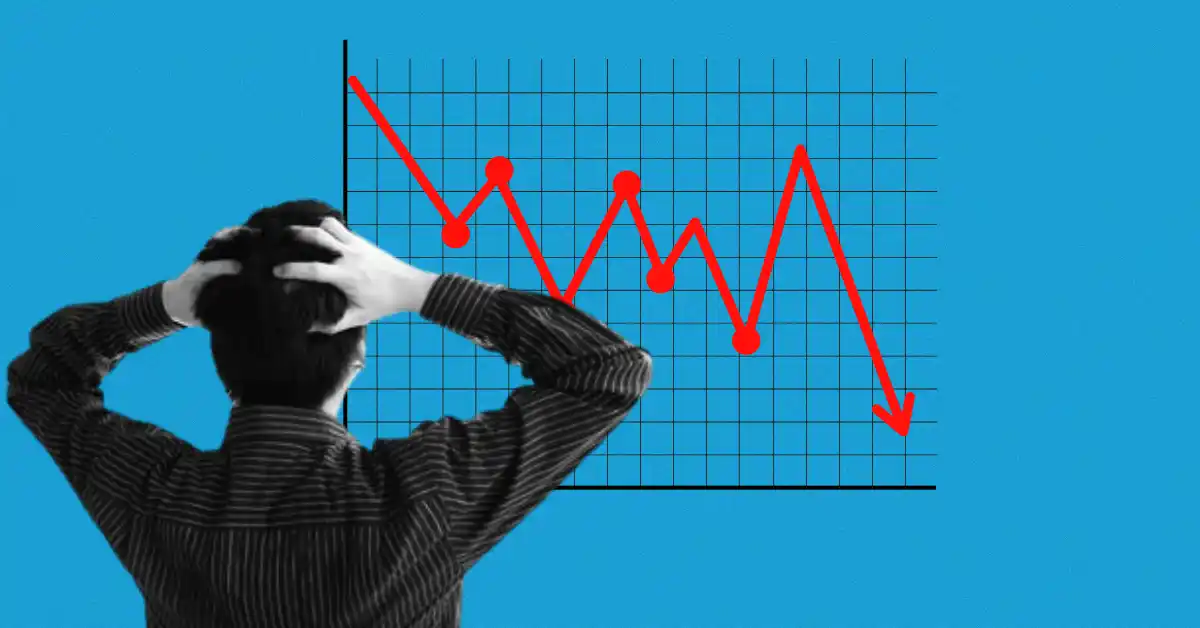The possibility of a severe recession in the US in the next two years has been raised by macroeconomist Henrik Zeberg. Drawing on historical data and market indicators, Zeberg has made his case for why this downturn could be as severe as the Great Depression of 1929.
In a recent post on the X platform, Zeberg pointed to a Piper Sandler Recession Indicator chart that compares two-year Treasury yields with the Federal Funds Rate. This chart shows that shifts in market yields have historically preceded actions by the Federal Reserve, often indicating economic downturns. Additionally, current inflation levels at 3.4% mirror troubling levels seen in the past.
The RSI is another indicator that concerns investors about economic stability. Large bearish structures in the RSI have historically preceded major market crashes, and the current ‘Mega Bearish Structure’ suggests a looming decline, raising concerns about economic stability.
Recent months have seen increased speculation about a potential recession as various economic indicators turn negative. Declining treasury yields typically lead to increased investor demand for safe-haven assets during times of economic uncertainty, indicating growing worries about a possible market downturn.
There is also speculation about a potential blow-off top in US equities and cryptocurrencies, signalling an unsustainable surge in asset prices before a sudden decline. This scenario often involves rapid price increases driven by speculative buying, resulting in significant market corrections.
Investment research platform Game of Trades has pointed to the predictive ability of the 10-year/3-month US Treasury curve, suggesting that a recession is likely to hit in the latter half of 2024. With large-cap companies leading the recent market rally and the cryptocurrency market consolidating, concerns about the timing and impact of a potential recession continue to grow.



